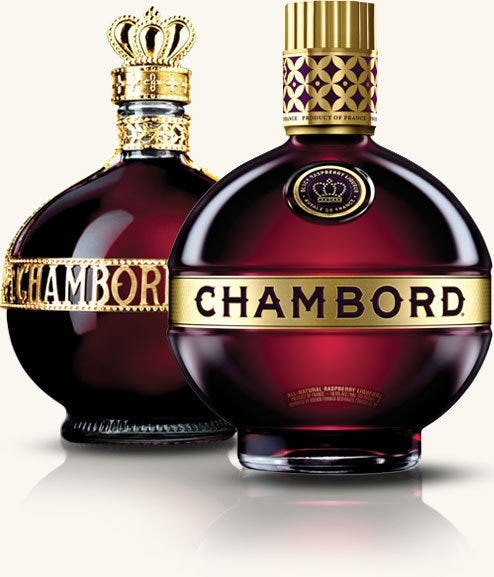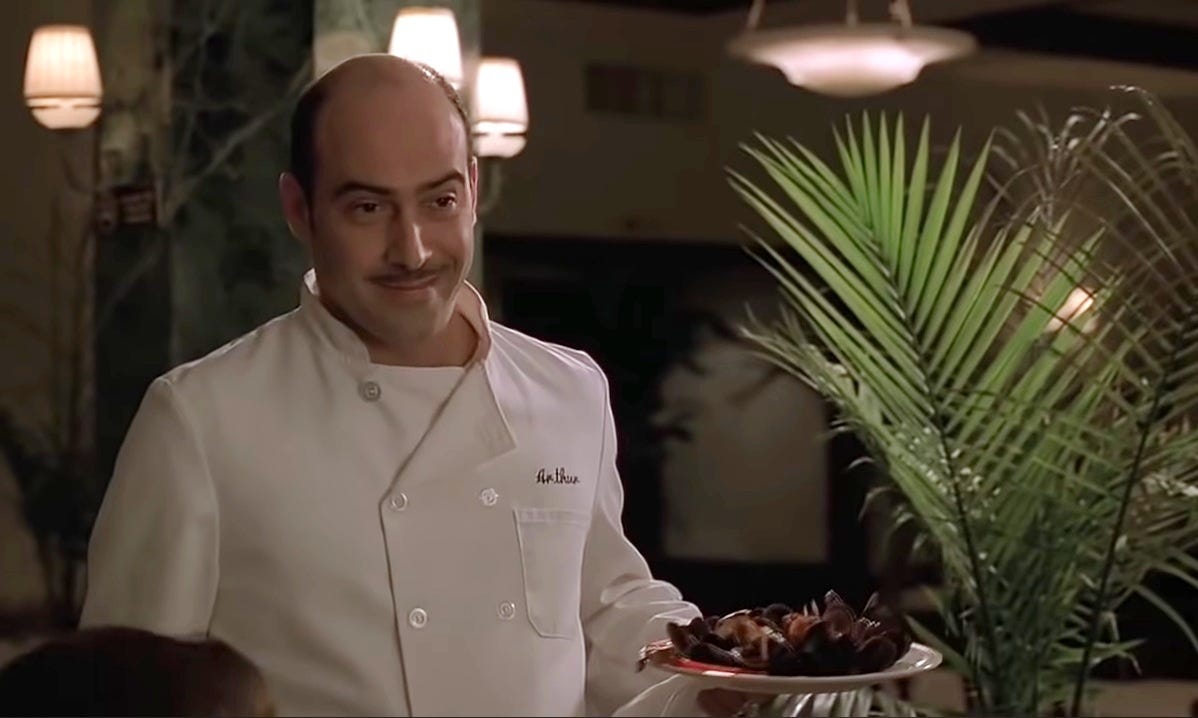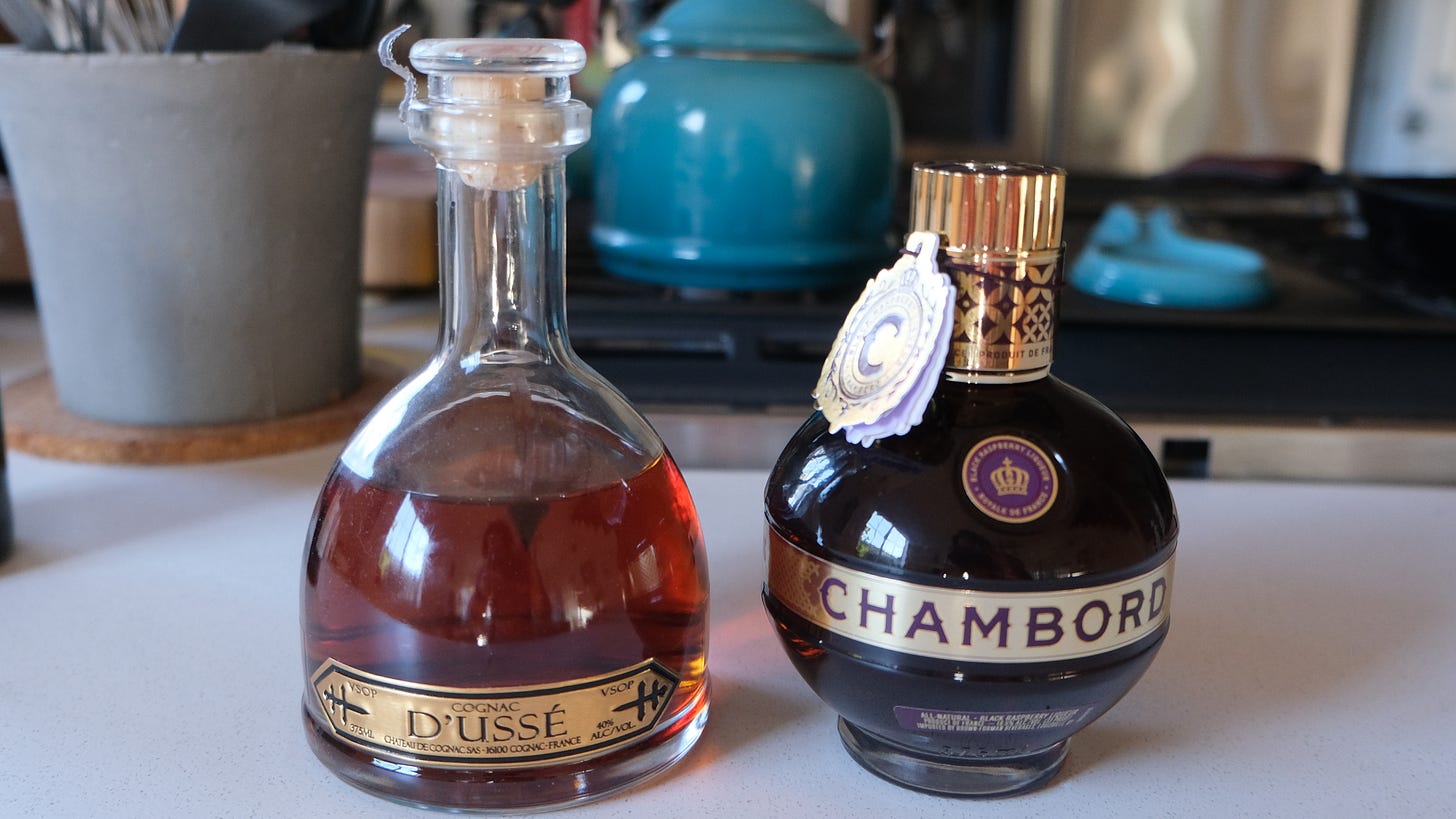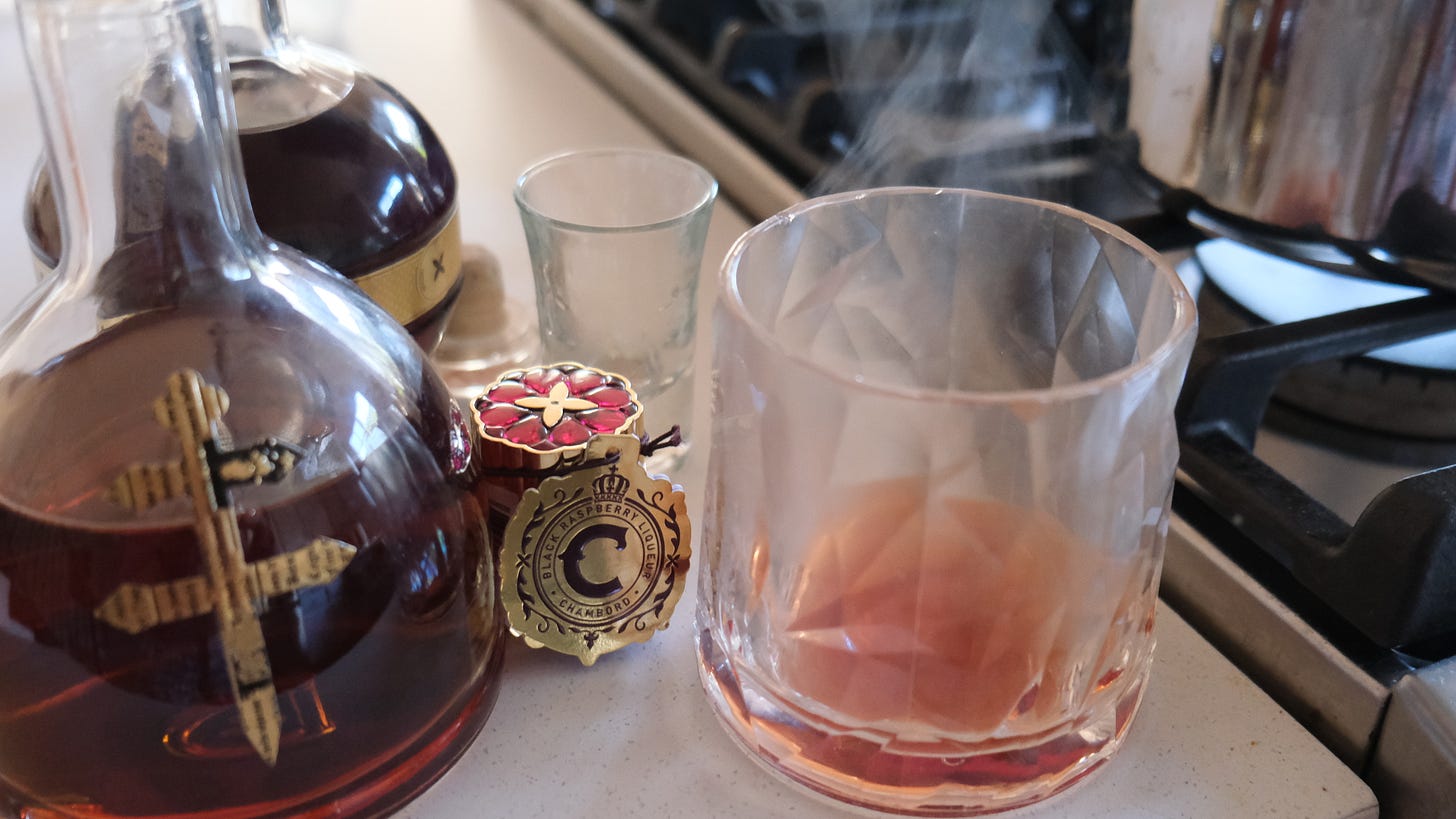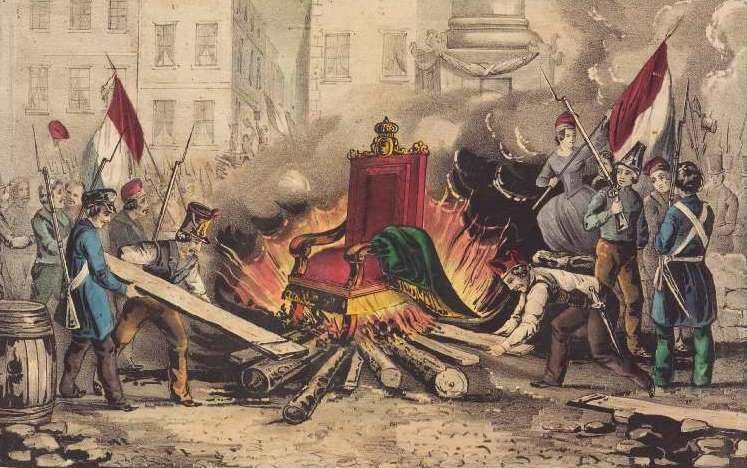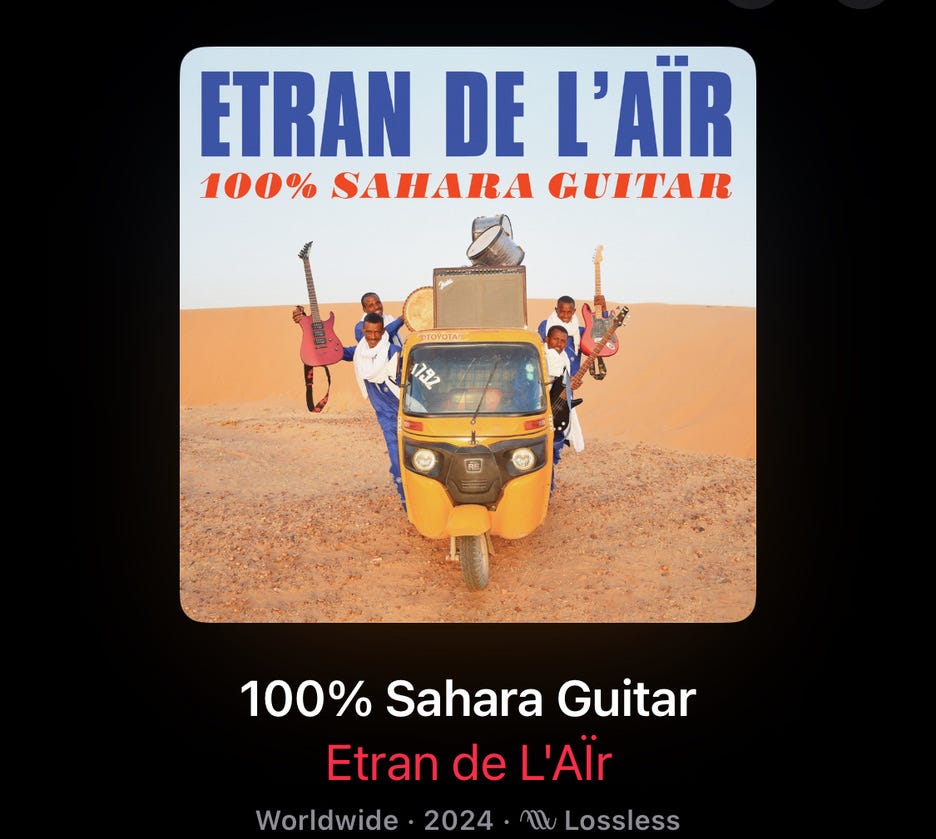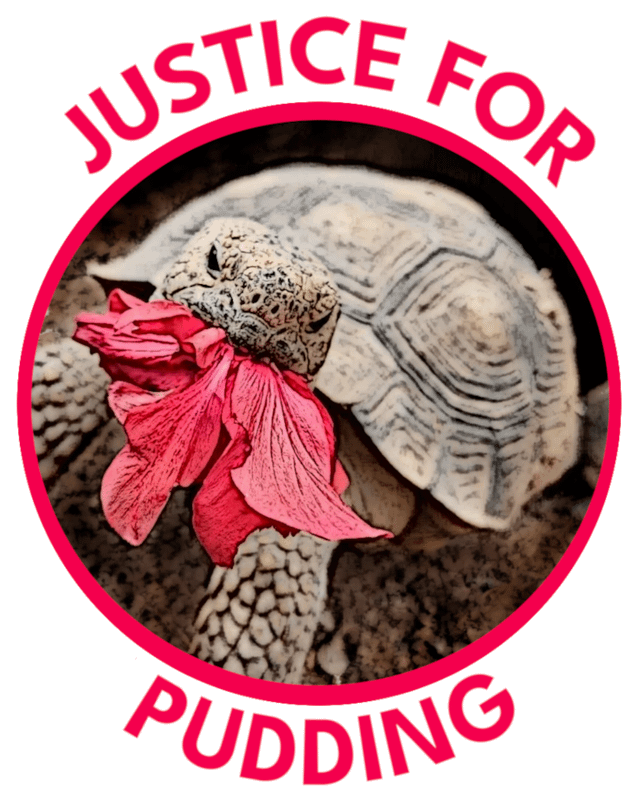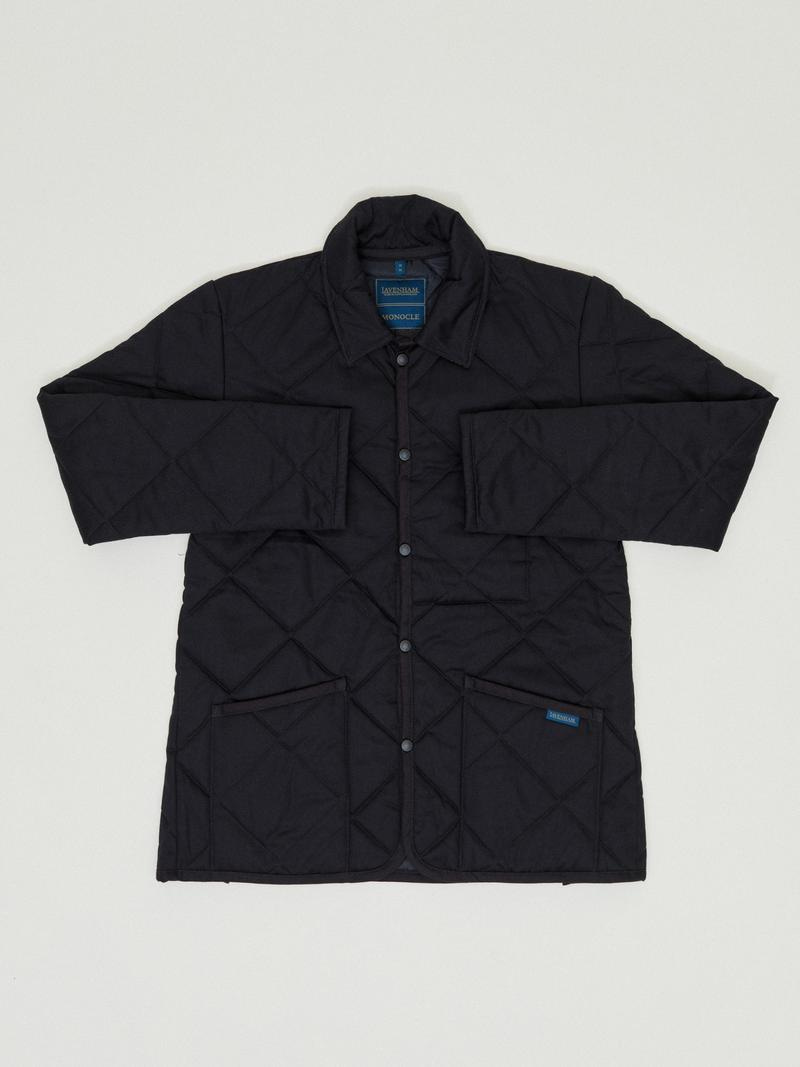I hope this email finds you well. It’s Halloween week, so we’re back with the annual playlist and a simple, forgotten cocktail to enjoy at home (because I don’t think any bartender should make this for you).
//
I. Whistling Past the Graveyard
Parenting at Halloween can be magical. It lets you relive/re-discover the holiday through the eyes of a child. In my case, it also means learning that the Charlie Brown Halloween special (It’s the Great Pumpkin Charlie Brown, 1966) spends a good portion of its runtime following Snoopy through WWI-torn France.
Linus also nearly freezes to death in a pumpkin patch on the classic, but mistaken belief that his gourd God will recognize and reward his sincerity with material wealth. As for the rest of the special, it does a great job of reminding us that Peanuts was, per its creator Charles M. Schulz, in large measure about the casual “cruelty of children, one to another.” In that regard, I think the specials hold up well.
II. Raspberry Flambé
For Halloween I usually make a mulled, alcoholic cider available to help with passing out candy. While putting together September’s look at some New Yorker ads from 1988 (a friend appropriately labeled it an “ad exegesis”), I ran across this potential gem of a hot beverage (presented here in color):
This advertisement wants you to drink Chambord, a raspberry liqueur, and cognac, warmed up together in a snifter. As a sign of the times, the recipe generously allows the preparer to opt for the microwave (only 43 years young in 1988) or the stovetop to add heat to the drink. I suspect this drink was dreamed up by marketers tasked with selling more Chambord, and then it quickly flamed out/faded into obscurity. I’d like to find out if it’s any good.
The drink also seems to not have a name, beyond “Chambord & Cognac.” I think the advertising headline provides a much better name: Is Paris Burning? It’s kind of a dour nod to France’s history of vibrant civil unrest. A drink name that takes the form of a question is also very funny to me—should one pronounce the question mark when ordering it? This drink has also stayed on my mind for consisting solely of two ingredients that feel very unfashionable today. As a recipe, it feels like the drink equivalent of this aesthetic:

Chambord is a classic frontrunner for “dustiest bottle” in your grandparents’ liquor cabinet (alongside maybe Frangelico, and Chartreuse used to be in that boat too before the world decided we needed it for Mezcal Last Words and a bunch of other things, so the statuses of these liqeur misfits can and do change). In fact, this “dusty bottle” image of Chambord you may have in your mind, with its crown shaped screw top,1 may be why they redesigned the packaging in 2010, with our thanks and appreciation to Packaging Digest for that information).
But Chambord is more than a weird bottle. On paper/based on ingredients, it should be pretty good. It was created in 1982 (the son of Chambord’s creator would go on to make the elderflower liqueur St. Germain) and is made from raspberries and blackberries from France’s Loire Valley (known for agriculture, but especially wine). The fruit is soaked in cognac, with vanilla, citrus peel and honey added in. So we have a sweet berry-flavored cognac spirit on hand, with an ABV of 16.5%. Smelling it from the bottle, it’s berry-like, but has a nose of Kool-Aid and cough medicine. The bottle I bought also comes with a little tag suggesting two recipes (both spritzes with a base of sparkling wine, which seem like fine applications for it).
The second ingredient in this drink is just more Cognac (which is an absurdly underrated spirit). Americans should be drinking more cognac, but we aren’t. Armagnac and Cognac, both brandies, can be something of a joke when discussing drink trends—they are always just about to be on their way back. For everyone that inexplicably rewatched The Sopranos in the last few years (I can only assume a shadow council was running some kind of experiment to see if large numbers of us could be manipulated into watching something), you’ll remember the importation of Armagnac as the five figure scam that was too good for Artie Bucco to resist. It’s delicious, but Armagnac will now be mentioned in this context for the rest of time. This also means there are tons of delicious cognacs you can acquire for less than a bottle of Buffalo Trace.
One of the only recipes for this drink I could find online calls for the drink to be served cold (this recipe uses my proposed title, lending some evidence to the idea the advertising and the name of the drink were related). Curiously, there’s also a drink by a very similar name (Paris is Burning) from Nomad that’s basically a Mezcal Last Word with St. Germain (elderflower liqueur) subbed in for Chartreuse.
Is Paris Burning? seems like a great chance to drink more cognac, but is this drink any good?
For my version, I have some cognac on hand from D’Usse (it’s affiliated with Jay-Z, but what matters for our purposes is that it’s a fine VSOP cognac, with 40% ABV). I also bought the smallest bottle of Chambord I could find, in case this turned out poorly and I didn’t want to have too much of this unitasker on hand.
To preserve a little bit of dignity, I prepared this drink on the stove top. Per the recipe, a half ounce of each spirit is warmed up in a saucepan—it’s not a lot of liquid, which also made me immediately concerned I was going to cook this thing too much.
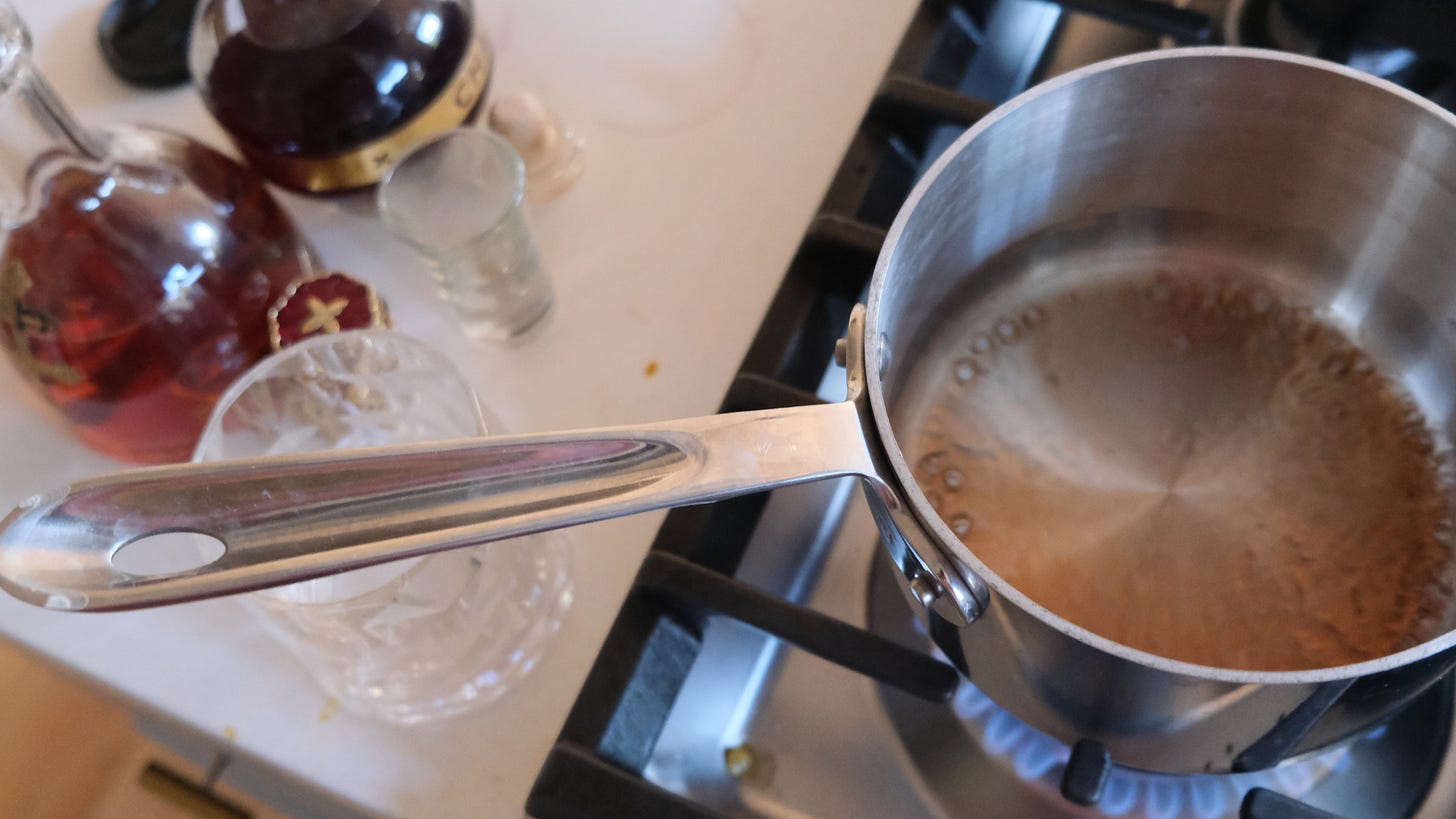
The resulting warm liquid was dispensed into a German-made Koziol Superglas (I didn’t really trust pouring something this hot into a normal glass). The drink immediately started throwing off a great looking vapor, so I wanted to give that a whiff. The amount of hot alcohol that hit my nose when I went in for this olfactory inspection had me primed for a very unpleasant/harsh drinking experience. Maybe if I’d let it cool it would have given off some nice berry notes.
To my surprise, and despite what the heavy alcohol bouquet had me fearing, this drink is pretty good. It’s like a delicious, warm berry dessert, with only a hint of the underlying cognac coming through. It being a dram of such diminutive proportions seems also like a good idea. Unlike a hot toddy, I think you want exactly one of these, which is probably for the best.
Is Paris Burning? is a welcome addition to the hot drink repertoire. My expectations were really low, as the 80s were a tough time for mixology. Our orange juice came frozen in a tube, so of course our tropical drink mixes came in the same form factor. The pallet of 1988 is a trust-but-verify proposition at best, but this one is a keeper.
Hot Chambord and cognac, welcome in from the cold. Laisse la ville brûler!
III. Hell Warmed Over
I’ll be serving Is Paris Burning? alongside our usual hot cider/rum/calvados program for Halloween (as discussed last year/linked below), and here’s the link to the Sublime Prosaic Halloween playlist in Apple Music.
If you need Spotify I’ve now provided that as well, although you don’t get Jeremy Sole’s excellent remix of Screamin’ Jay Hawkins “I Put a Spell on You.” It’s a good remix, which generally means Spotify doesn’t have it.
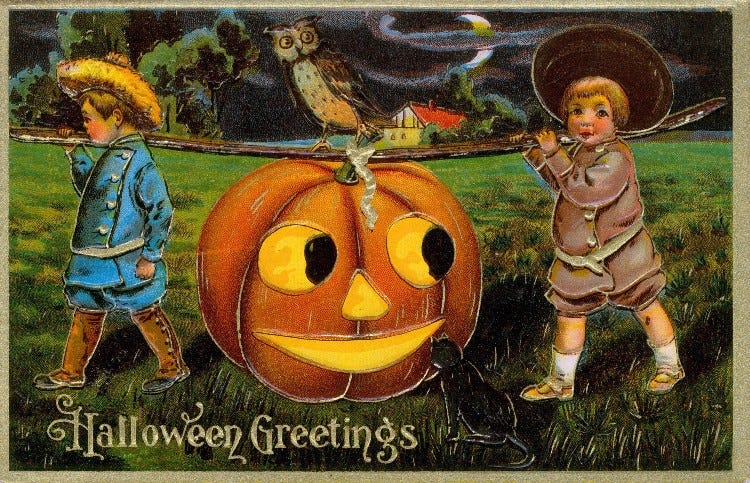
Happy Halloween.
//
Internet Bycatch
What has the internet put in our candy sacks?
My wife made me aware of this excellent parody of The Decemberists. As a huge fan of the group, I feel attacked and understood at the same time. Also, every song by The Decemberists is a Halloween song.
It’s a curious time in terms of ChatGPT’s limitations. ChatGPT cannot draw a wine glass full to the brim. The harder ChatGPT tries to fill up a wine glass, the more it stumbles on concepts like fluid dynamics and surface tension. This is probably because it’s been trained on images of tastefully/properly filled wine glasses only (half or 3/4 full at most is what we’d consider a full pour, but then again go back up and look at those wine glasses in the Rive Gauche ad!). A similar output shows up when you ask it to show how paperclips or pencil sharpeners work. Gaps in image generation capabilities are entertaining, but also serve as a kind of digital shibboleth (for now). Where chat agents can now regularly pass the Turing Test in conversations, I think image based tasks might end up being more useful for reliably identifying
Cylonsnon-humans. For the future, responsible developers should probably also include these digital tells on purpose. Oh good, Stanford already proposed this three years ago.
Here’s a small gallery showing some of the strangeness. This is also the only context in which you’ll see AI-anything on this Substack—clearly labeled and under quarantine.
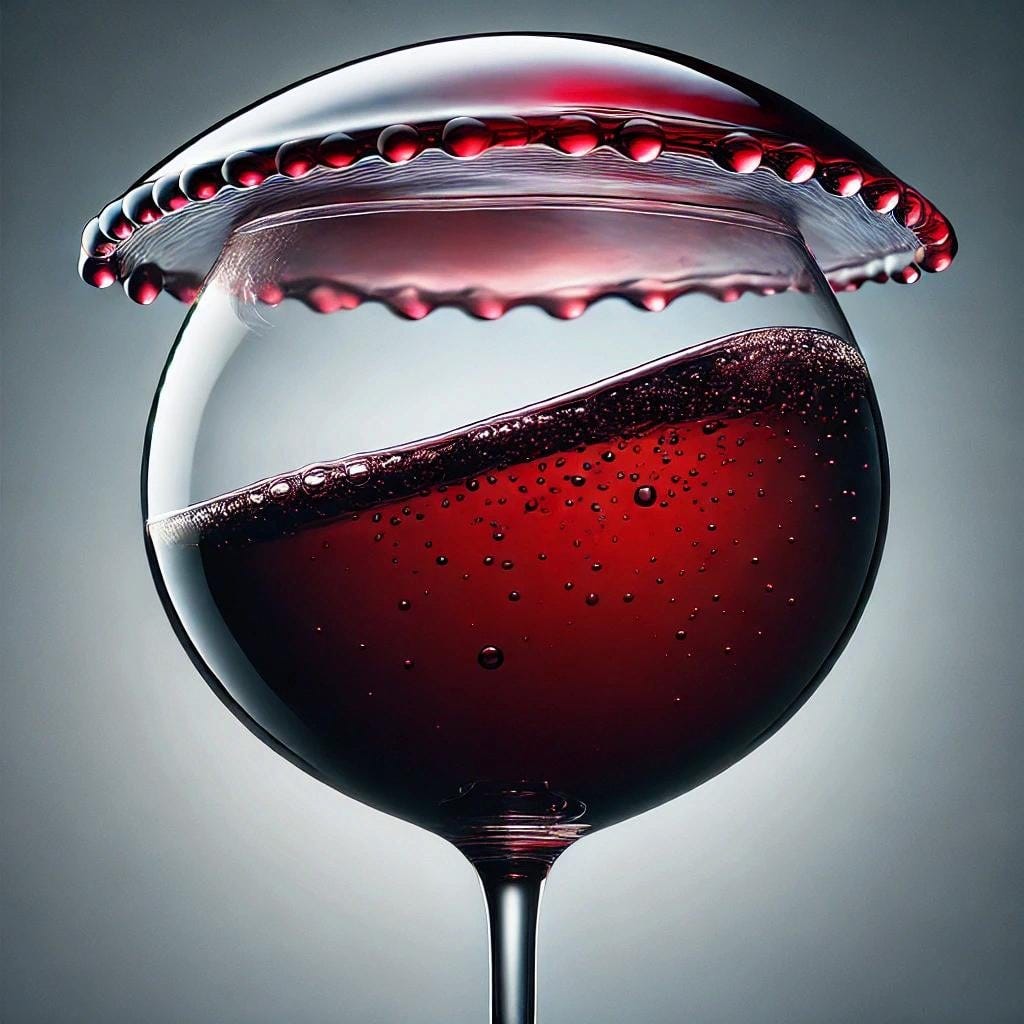
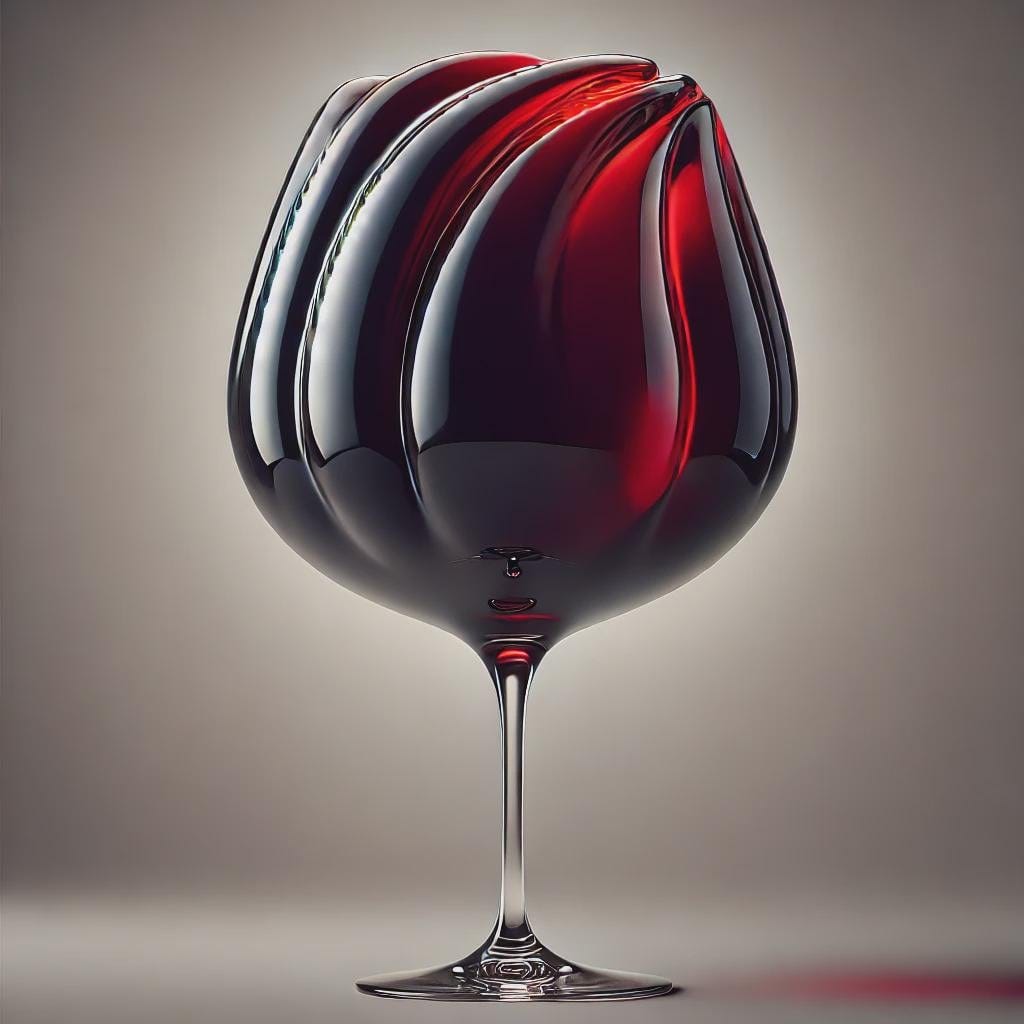


Sometimes the algorithm provides. Please enjoy this track and music video, off of Etran de L’Aïr’s album, 100% SAHARA GUITAR.
Saharan/Desert Blues guitar is something I’ve liked since I saw Mdou Moctar at Coachella last year. The members of Etran de L’Aïr are all brothers and cousins who went from playing the local wedding circuit in Agadez to playing The Kennedy Center in June this year.
Had to link this one as a desert tortoise owner. From Reddit, Justice for Pudding.
A new candidate in the eternal outerwear acquisition odyssey. This jacket between Lavenham and Monocle caught my eye. I like the idea of a quilted, paddock-inspired jacket that’s been streamlined and modernized.
The most accomplished celebrity interviewer of our time continues to be a guy who does impeccable research and eats hot wings. Setting aside its bizarro/humble digital media graveyard origins,2 Hot Ones remains the perfect conceit for even better conversations. I don’t think Conan O’Brien’s appearance earlier this year can ever be beaten.
A24 reminding us that film trailers can be good (films too, I suppose). With immaculate typographic design and a strange horizontal scroll, it felt like I was seeing the beginning of something new here.
The Chambord bottle is based on the globus cruciger, or the “orb and crown,” signifying the Christian God’s dominion over the world. The notion of holding the orb (or having the world in one’s hand) is in turn based on iconography stolen from the Roman’s images of Jupiter.
There are twenty-three seasons of Hot Ones, which is a YouTube video series produced by First We Feast (a production company that emerged out of a website and food blog by the same name in the 2010s) and Complex (originally a print magazine start by Marc Ecko, and recently sold by BuzzFeed to the equally dumb-monikered NTWRK, a joint venture of Live Nation Entertainment and Main Street Advisors). Despite the sale of Complex, BuzzFeed retained ownership of Hot Ones.







